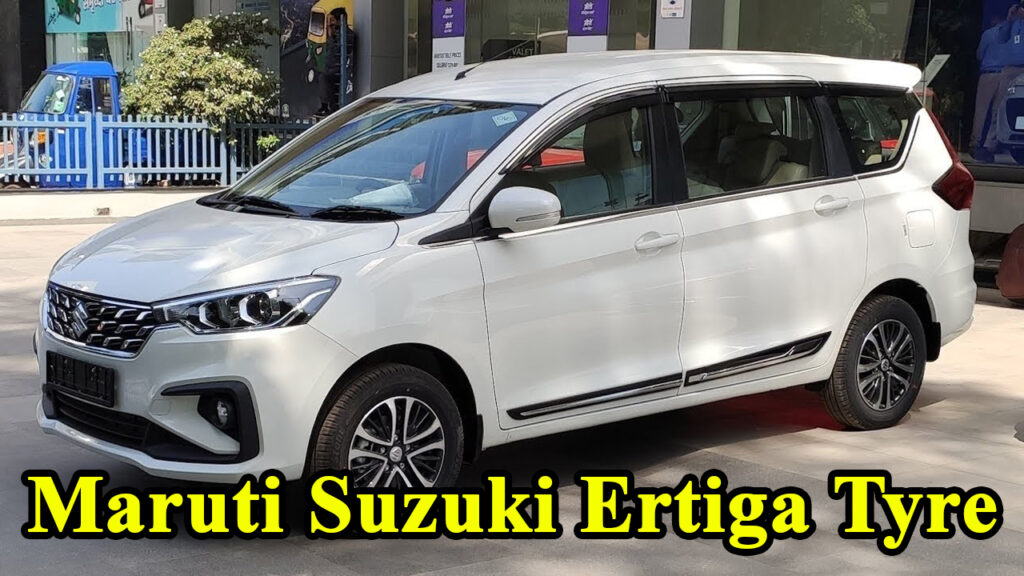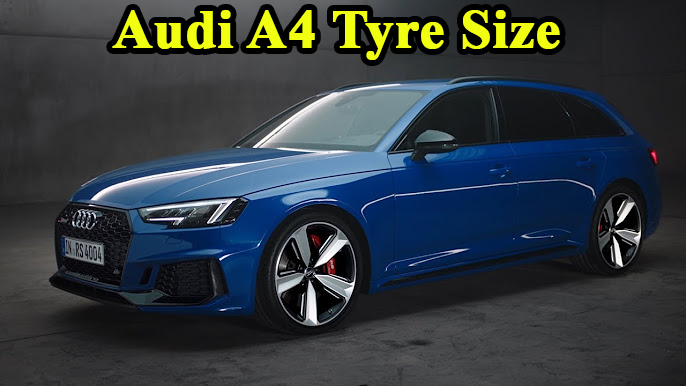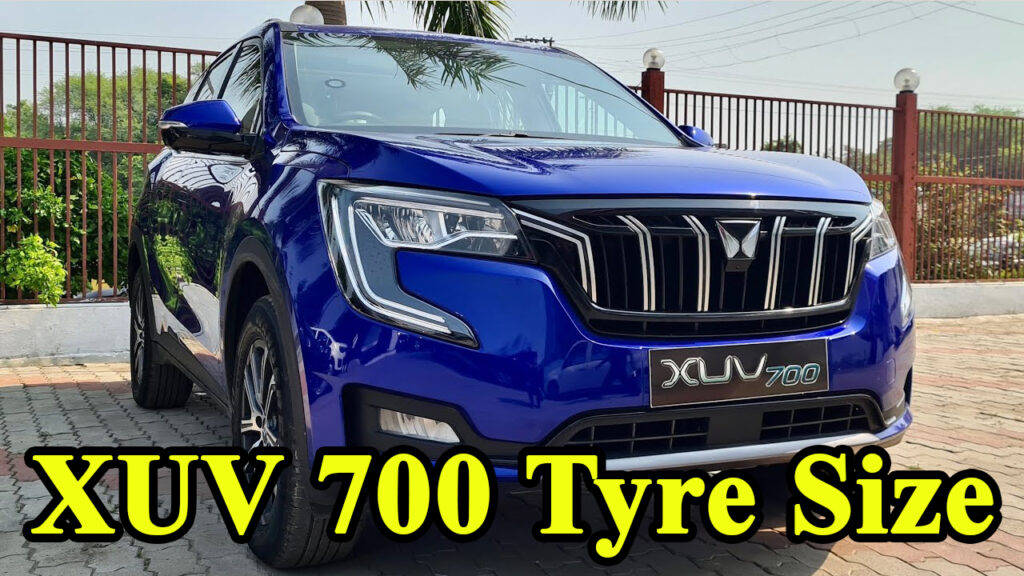The Maruti Suzuki Ertiga has cemented its position as a go-to family vehicle in India. Its spacious interiors, reliable performance, and impressive fuel efficiency have made it a ubiquitous sight on our highways and city streets. But like any good foundation, the unsung heroes supporting this popular MPV are its tyres. They are the crucial link between your Ertiga and the road, influencing everything from safety and comfort to fuel economy and handling.
As an automobile enthusiast who’s spent countless hours understanding the nuances of various vehicles (and yes, even haggling with tyre shop owners in bustling Indian markets!), I can tell you that understanding your Ertiga’s tyre size isn’t just about replacing a worn-out set. It’s about optimizing your driving experience, ensuring your family’s safety, and getting the most out of your investment.
So, let’s pull back the curtain and take an in-depth look at the Maruti Suzuki Ertiga’s tyre size, what those numbers mean, and how to make the best choices for your beloved MPV.
Maruti Brezza Tyre Size: An Expert’s In-Depth Guide & Buying Tips
The Standard Bearer: 185/65 R15 – The Ertiga’s Go-To Tyre Size
For the vast majority of Maruti Suzuki Ertiga models, across different variants (LXi, VXi, ZXi, and even the CNG versions) and even across generations, the manufacturer has consistently opted for a tyre size of 185/65 R15. This standardization is a boon for Ertiga owners as it simplifies replacement and ensures a consistent performance baseline.
But what do these numbers and letters actually mean? Let’s break it down:
- 185 (Section Width in Millimeters): This number indicates the width of the tyre in millimeters when measured from sidewall to sidewall. So, an Ertiga tyre is 185mm wide. A wider tyre generally offers more grip and stability, especially when cornering or braking.
- 65 (Aspect Ratio/Profile Height): This is the height of the tyre’s sidewall, expressed as a percentage of its width. In the Ertiga’s case, the sidewall height is 65% of 185mm. A higher aspect ratio (like 65) means a taller sidewall, which contributes to a more comfortable ride by absorbing road imperfections better – a definite plus for Indian roads, often riddled with potholes and uneven surfaces!
- R (Radial Construction): This ‘R’ signifies that the tyre has a radial construction. Radial tyres are the most common type today, offering better stability, durability, and fuel efficiency compared to older bias-ply tyres.
- 15 (Rim Diameter in Inches): This number denotes the diameter of the wheel (or rim) that the tyre is designed to fit, measured in inches. So, your Ertiga’s tyres are mounted on 15-inch rims.
Together, 185/65 R15 represents a balanced choice by Maruti Suzuki, aiming for a good mix of ride comfort, stability, and fuel efficiency – all critical aspects for a family-oriented MPV.
Why the Standard Size Matters: Important Values and Originality
Sticking to the manufacturer-recommended tyre size isn’t just a suggestion; it’s a foundational principle for optimal vehicle performance and safety. Here’s why:
- Safety First: The tyre size is meticulously chosen to complement the vehicle’s suspension geometry, braking system, and overall handling characteristics. Deviating significantly can compromise stability, especially during emergency braking or sharp turns.
- Fuel Efficiency: The original tyre size is optimized for rolling resistance, which directly impacts your fuel economy. A different size, especially a wider or heavier one, can increase rolling resistance, leading to higher fuel consumption. Trust me, in today’s fuel price scenario, every kilometer per liter counts!
- Ride Comfort: The 65 aspect ratio of the Ertiga’s tyres is a key contributor to its comfortable ride. It acts as a cushion, dampening shocks from uneven roads. Altering this can lead to a harsher ride.
- Speedometer Accuracy: Your car’s speedometer and odometer are calibrated based on the factory-fitted tyre size. Changing it can lead to inaccurate readings, potentially causing you to unknowingly exceed speed limits or miscalculate your mileage.
- Warranty Considerations: Using non-recommended tyre sizes or undergoing significant modifications can sometimes void your vehicle’s warranty, especially concerning suspension or related components.
Beyond the Basics: Tyre Pressure and its Unsung Hero Status
Knowing your Ertiga’s tyre size is just the beginning. The correct tyre pressure is equally, if not more, vital. For most Ertiga variants, the recommended tyre pressure is typically 33 PSI (pounds per square inch) for both front and rear tyres when the vehicle is unloaded. However, it’s crucial to check your car’s owner’s manual or the sticker usually located on the driver’s side door jamb for the exact recommended pressure, especially when carrying a full load of passengers and luggage.
- Personal Experience: I remember a trip from Delhi to Jaipur in an Ertiga with a full load of family. We had initially set the tyre pressure based on an unloaded car. Halfway through, the ride felt a bit sluggish and the braking wasn’t as responsive. A quick stop at a local puncture shop (a common sight on Indian highways!) revealed slightly underinflated tyres for a loaded vehicle. Adjusting them instantly improved the ride quality and handling. It’s a small detail, but it makes a huge difference.
The Allure of an Upgrade: When to Consider Different Tyres (and the Pitfalls to Avoid)
While sticking to the factory-recommended size is generally the safest bet, some Ertiga owners consider “upsizing” their tyres for various reasons:
- Aesthetics: Larger or wider tyres can give the Ertiga a more muscular or premium look.
- Improved Grip and Stability: A slightly wider tyre (e.g., 195/65 R15 or even 205/60 R15 if the wheel well allows) can offer a larger contact patch with the road, potentially leading to better grip, especially during enthusiastic driving or in wet conditions.
- Enhanced Braking: More contact area can also translate to marginally better braking performance.
Case Study: The Enthusiast’s Dilemma
My friend, a keen driver, upgraded his Ertiga ZXi’s tyres from 185/65 R15 to 195/65 R15. He reported a noticeable improvement in high-speed stability and cornering confidence, especially on long highway runs. However, he also observed a fractional dip in fuel efficiency and a slightly heavier steering feel at parking speeds. This is a classic trade-off.
Important Considerations Before Upsizing:
- Overall Diameter: The key is to keep the overall diameter of the new tyre as close as possible to the original. A general rule of thumb is to stay within a 3% variance to minimize speedometer errors and avoid rubbing against wheel wells.
- Wheel Well Clearance: Wider tyres, while offering more grip, might rub against the fender liners or suspension components during turns or when going over bumps, especially with a full load. Always get professional advice and physically check for clearance.
- Suspension Impact: The suspension system is designed for a specific wheel and tyre combination. Significantly heavier or larger tyres can put added stress on suspension components, potentially leading to premature wear.
- Steering Feel: Wider tyres can make the steering feel heavier, particularly at low speeds or during parking.
- Fuel Efficiency: As mentioned, wider tyres generally lead to increased rolling resistance and thus, lower fuel economy.
Consulting an Expert: Before making any significant changes, it is always recommended to consult a reputable tyre expert or your authorized Maruti Suzuki service center. They can provide accurate advice based on your specific Ertiga model and driving habits.
XUV 700 Tyre Size: Best Tyres for Mileage, Grip & Performance
Popular Tyre Brands and Approximate Pricing in India
India’s tyre market is vibrant and competitive, offering a wide range of options for the Ertiga. Here are some popular brands and their approximate price ranges for the 185/65 R15 size (prices can vary significantly based on brand, specific model, city, and dealer offers):
- Affordable Options (₹3,500 – ₹5,000 per tyre):
- CEAT (e.g., Milaze X3, SecuraDrive)
- MRF (e.g., ZVTV)
- JK Tyre (e.g., Taximaxx)
- Mid-Range Options (₹5,000 – ₹6,500 per tyre):
- Apollo (e.g., Amazer 4G Life, Alnac 4G)
- Goodyear (e.g., Assurance Triplemax)
- Firestone
- Premium Options (₹6,500 – ₹8,000+ per tyre):
- Bridgestone (e.g., Sturdo, B290)
- Yokohama (e.g., Earth-1 E400)
- Michelin (e.g., Energy XM2 Plus – availability can be variable)
- Continental (e.g., UltraContact UC6)
- Vredestein
When choosing, consider your primary driving conditions (city, highway, mixed), budget, and priorities (e.g., comfort, longevity, grip).
Maintaining Your Ertiga’s Tyres: Extending Their Life and Ensuring Safety
Even the best tyres won’t perform optimally without proper care. Here are some essential maintenance tips:
- Regular Pressure Checks: Check tyre pressure at least once a month, and always before long journeys. Do it when the tyres are “cold” (driven for less than 2 km).
- Rotation and Balancing: Get your tyres rotated every 5,000-10,000 km to ensure even wear. Wheel balancing should be done simultaneously.
- Wheel Alignment: If you notice your Ertiga pulling to one side, or uneven tyre wear, get your wheel alignment checked.
- Tread Depth: Regularly inspect your tyre tread for wear indicators. In India, a minimum tread depth of 1.6mm is legally required, but it’s advisable to replace them sooner for optimal safety, especially in wet conditions.
- Visual Inspection: Look for any cuts, bulges, or cracks on the sidewall. These can be signs of internal damage and warrant immediate attention.
- Spare Tyre Care: Don’t forget your spare tyre! Ensure it’s properly inflated and in good condition.
Conclusion: Your Ertiga’s Footprint on the Road
The tyres on your Maruti Suzuki Ertiga are far more than just rubber circles; they are critical safety components that profoundly impact your driving experience. Understanding the recommended tyre size (185/65 R15), maintaining correct tyre pressure, and making informed decisions about upgrades are crucial for safety, fuel efficiency, and longevity.
As a human expert, I’ve seen countless instances where neglected tyres led to unnecessary expenses or, worse, safety hazards. Investing in good quality tyres and maintaining them diligently is one of the smartest decisions you can make as an Ertiga owner. So, the next time you’re at the tyre shop, you’ll be armed with the knowledge to make choices that truly benefit your family’s ride. Drive safe, drive smart!
Frequently Asked Questions (FAQ)
Q1: What is the recommended tyre size for the Maruti Suzuki Ertiga? A1: The standard and manufacturer-recommended tyre size for almost all variants and generations of the Maruti Suzuki Ertiga is 185/65 R15.
Q2: Can I upgrade my Ertiga’s tyre size? A2: Yes, a slight upgrade is possible, typically to 195/65 R15 or 205/60 R15, for improved grip and aesthetics. However, it’s crucial to ensure the new tyres maintain a similar overall diameter (within 3% variance) to avoid speedometer inaccuracy and rubbing issues. Always consult a tyre expert.
Q3: What is the ideal tyre pressure for the Ertiga? A3: Generally, the recommended tyre pressure for the Ertiga is 33 PSI for both front and rear tyres when unloaded. Always refer to your car’s owner’s manual or the sticker on the driver’s side door jamb for precise recommendations, especially when carrying heavy loads.
Q4: How often should I rotate my Ertiga’s tyres? A4: It’s recommended to rotate your Ertiga’s tyres every 5,000 to 10,000 kilometers to ensure even wear and maximize their lifespan.
Q5: What are some good tyre brands for the Maruti Ertiga in India? A5: Popular and reputable brands include CEAT, MRF, Apollo, Goodyear, Bridgestone, Yokohama, Michelin, and Continental. The best choice depends on your budget, driving conditions, and preferences for comfort, grip, or longevity.
Q6: Will upsizing tyres affect my Ertiga’s mileage? A6: Yes, generally, upsizing to wider or heavier tyres can slightly reduce your Ertiga’s fuel efficiency due to increased rolling resistance.
Q7: How can I tell if my Ertiga’s tyres need replacement? A7: Look for bald treads (where the tread wear indicators are visible), visible sidewall cracks, uneven wear patterns, or a noticeable decrease in grip and braking performance. A simple coin test can also help: insert a ₹5 coin into the tread; if you can see the entire coin, the tread is likely too low.




